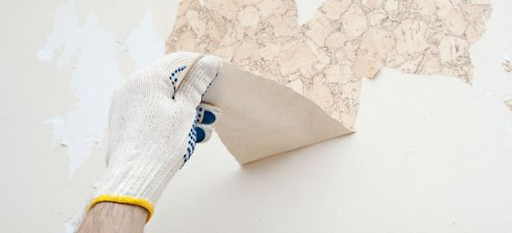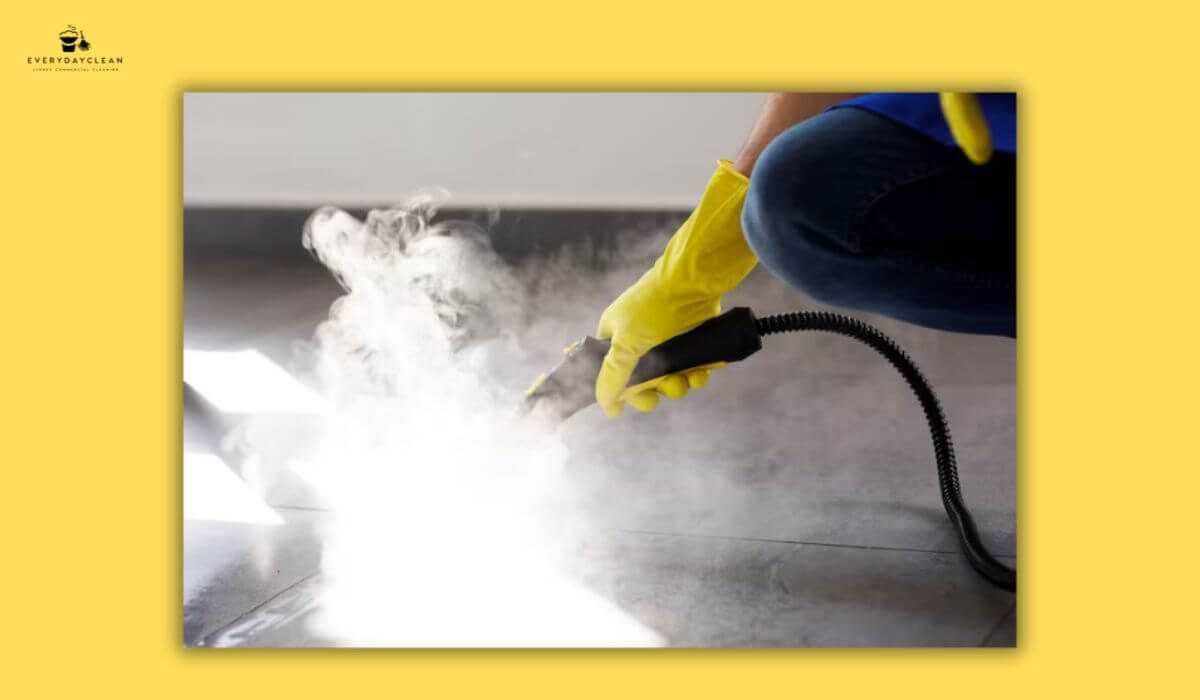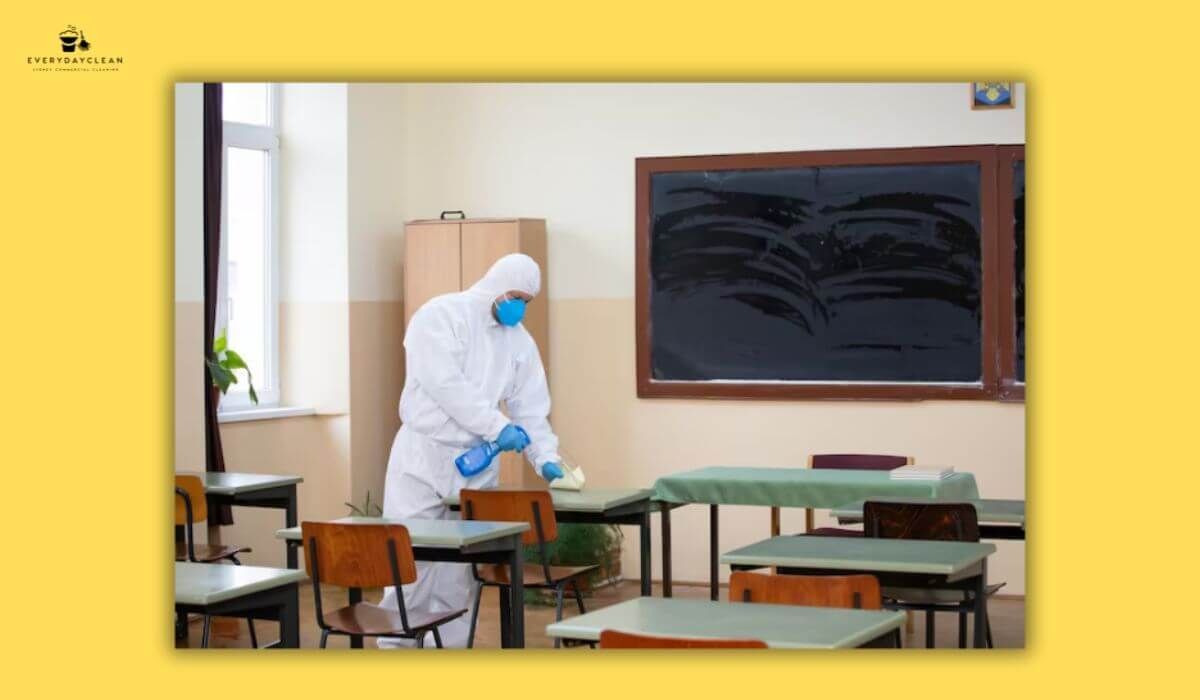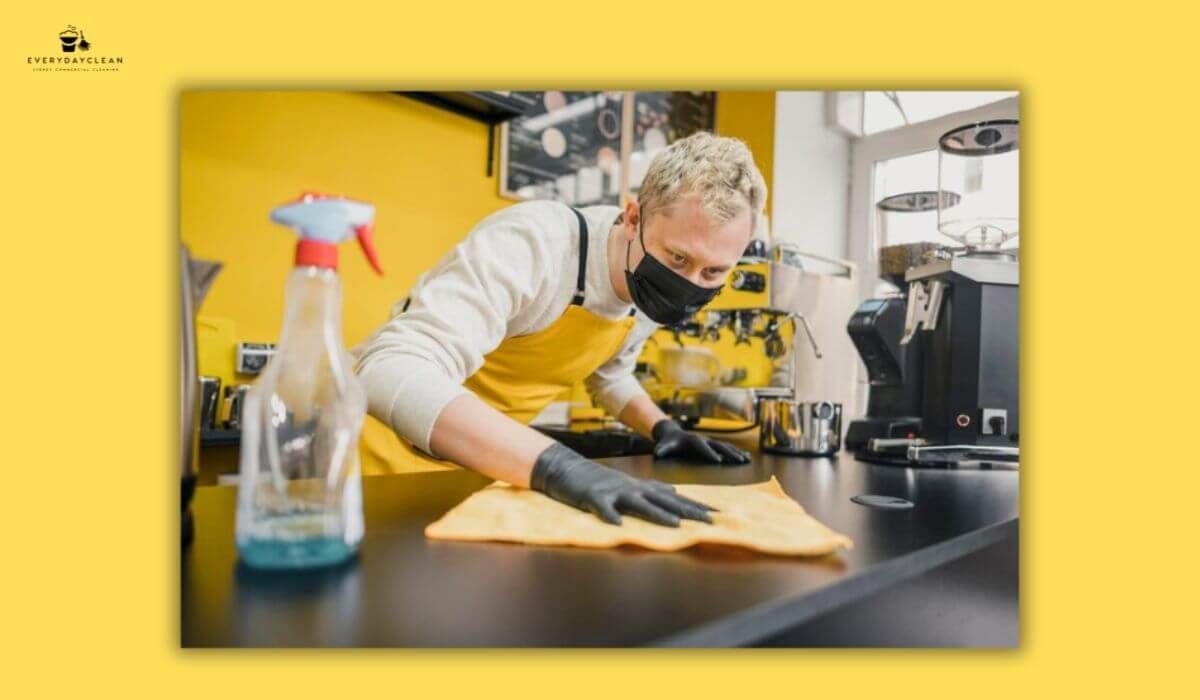Best Way to Clean Walls Before Painting: Your Complete Guide
Dirty or greasy walls, especially common in kitchens exposed to cooking oils and grease splatters, can pose challenges for even the most enthusiastic DIYer. This comprehensive guide will equip you with the knowledge and techniques to prepare your walls for painting like a pro. Whether you're refreshing a living room in Parramatta or revamping a home office in the heart of Sydney's CBD, following these steps will ensure a professional-looking end result.
Why Is It Important to Clean Walls Before Painting?
Enhancing Paint Adherence
Think of clean walls as a blank canvas for your paint. Dirt, dust, and grime act like invisible walls, preventing the paint from fully adhering to the surface. Without proper adhesion, the paint is more likely to chip, peel, or crack over time (cohesive bond, long-lasting results).
Achieving a Smooth Finish
Imagine painting a beautiful landscape over a bumpy road. The imperfections would show through, wouldn't they? Similarly, uncleaned walls with dust particles, cobwebs, or even dead bugs can leave a textured finish under the paint.
Cleaning removes these obstacles, creating a smooth, professional-looking finish (uniform application, flawless results).
Materials Needed for Cleaning Walls
Choosing the Right Cleaning Solutions
- Gentle Cleaners: For most walls, a solution of lukewarm water and mild dish soap will do the trick (phosphate-free dish soap, eco-friendly cleaning products). Here in Sydney, with its focus on sustainability, many homeowners opt for eco-friendly cleaning solutions.
- Degreasers: For greasy walls, especially common in kitchens, consider using a TSP (trisodium phosphate) solution. (Always wear gloves and proper ventilation when using TSP)
- DIY Solutions: In a pinch, a solution of white vinegar and water can also be effective for some cleaning tasks (distilled white vinegar).
Tools for Effective Cleaning
- Sponges (cellulose sponges)
- Soft-bristled scrub brushes (for stubborn stains)
- Drop cloths (plastic drop cloths)
- Bucket
- Trash can
- Protective gloves
If you're tackling a large painting project in Sydney and don't have the time or supplies for thorough wall cleaning, consider hiring a professional cleaning service like Sydney Commercial Cleaning. Their experienced technicians can handle the prep work, ensuring a spotless surface for your paint job.
Step-by-Step Guide to Cleaning Walls Before Painting
Dusting and Washing the Walls
- Remove cobwebs and dust: Use a vacuum cleaner with a soft brush attachment or a microfiber cloth to remove dust and cobwebs from the walls and ceilings.
- Prepare your cleaning solution: Mix your chosen cleaning solution in a bucket.
- Work in sections: Wash the walls in sections, starting from the top and working your way down. Use a damp sponge to gently wipe the wall surface in a circular motion.
- Rinse and dry: Rinse the sponge frequently in clean water to avoid spreading dirt. Use a clean, dry cloth to remove any excess moisture from the wall.
- Let the walls dry completely: This can take several hours, so plan accordingly.
Tackling Stains and Grease Spots
- Pre-treat stains: For stubborn stains, identify the source and use a stain remover suitable for the type of stain (mold and mildew stain remover, crayon stain remover). Follow the product instructions carefully.
- Clean greasy walls: For heavily greased walls, use a TSP solution according to the manufacturer's directions. Wear gloves and ensure proper ventilation.
- Rinse thoroughly: After using any cleaning solution other than mild soap and water, rinse the wall surface thoroughly with clean water to remove any residue that could affect paint adhesion.
Tips for Dealing with Different Wall Types
Cleaning Painted vs. Unpainted Walls
- Painted Walls: For previously painted walls, use a gentle cleaning solution to avoid damaging the existing paint. Opt for a phosphate-free dish soap, as some harsh detergents can dull the paint finish.
- Unpainted Walls: Unpainted walls may require a more thorough cleaning, including sanding to remove any surface imperfections. Ensure you remove all sanding dust before moving on to the washing stage.
Special Considerations for Wallpapered and Textured Walls
- Wallpaper removal: If you plan to paint over wallpaper, you'll need to remove it first. This is a separate project altogether and can be quite time-consuming. If you're unsure about DIY wallpaper removal, consider seeking help from a professional service in Sydney.
- Cleaning Textured Walls: For textured walls, use a soft brush attachment on your vacuum cleaner to remove dust from crevices. Be gentle while cleaning to avoid damaging the texture. You can also use a slightly damp microfiber cloth to wipe down the textured surface, taking care not to oversaturate the cloth.
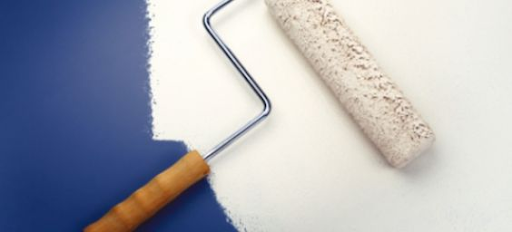
Conclusion
Taking the time to thoroughly clean your walls before painting is an investment that will pay off in the long run. By following the steps outlined in this guide, you'll ensure a professional-looking paint job with a flawless finish and a longer lifespan.
If you're looking for professional help with wall cleaning or painting in Sydney, consider contacting a reputable service like
Sydney Commercial Cleaning. Their experienced technicians can handle all aspects of your painting project, from cleaning and prepping the walls to applying the paint itself.
FAQs about Way to Clean Walls Before Painting
Q: What is the safest cleaner to use on walls before painting?
A solution of lukewarm water and mild dish soap is the safest option for most walls. Look for a phosphate-free dish soap, particularly if you're concerned about the environment.
Q: How long should walls dry after cleaning before painting?
Walls should be completely dry before painting, which can take several hours. For faster drying, ensure there's good ventilation in the room by opening windows and using fans.
Q: Can I paint over walls that have mold or mildew issues?
No. Mold and mildew need to be addressed before painting. These can pose health risks and will also prevent paint from adhering properly. Clean the affected areas with a mold and mildew stain remover according to the product instructions. In cases of severe mold infestation, consult a professional remediation service.
Q: What should I do if water stains reappear after cleaning?
If water stains reappear after cleaning the walls, it could indicate a more significant issue like leaking pipes or improper ventilation in the bathroom or kitchen. It's best to address the source of the moisture problem before proceeding with painting.
